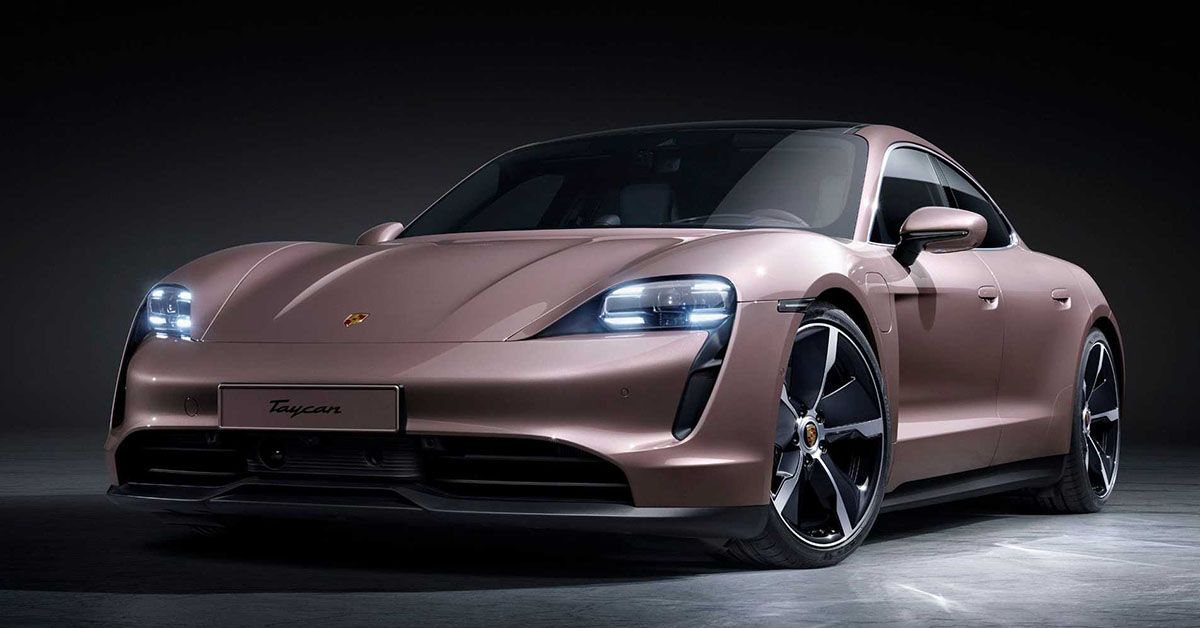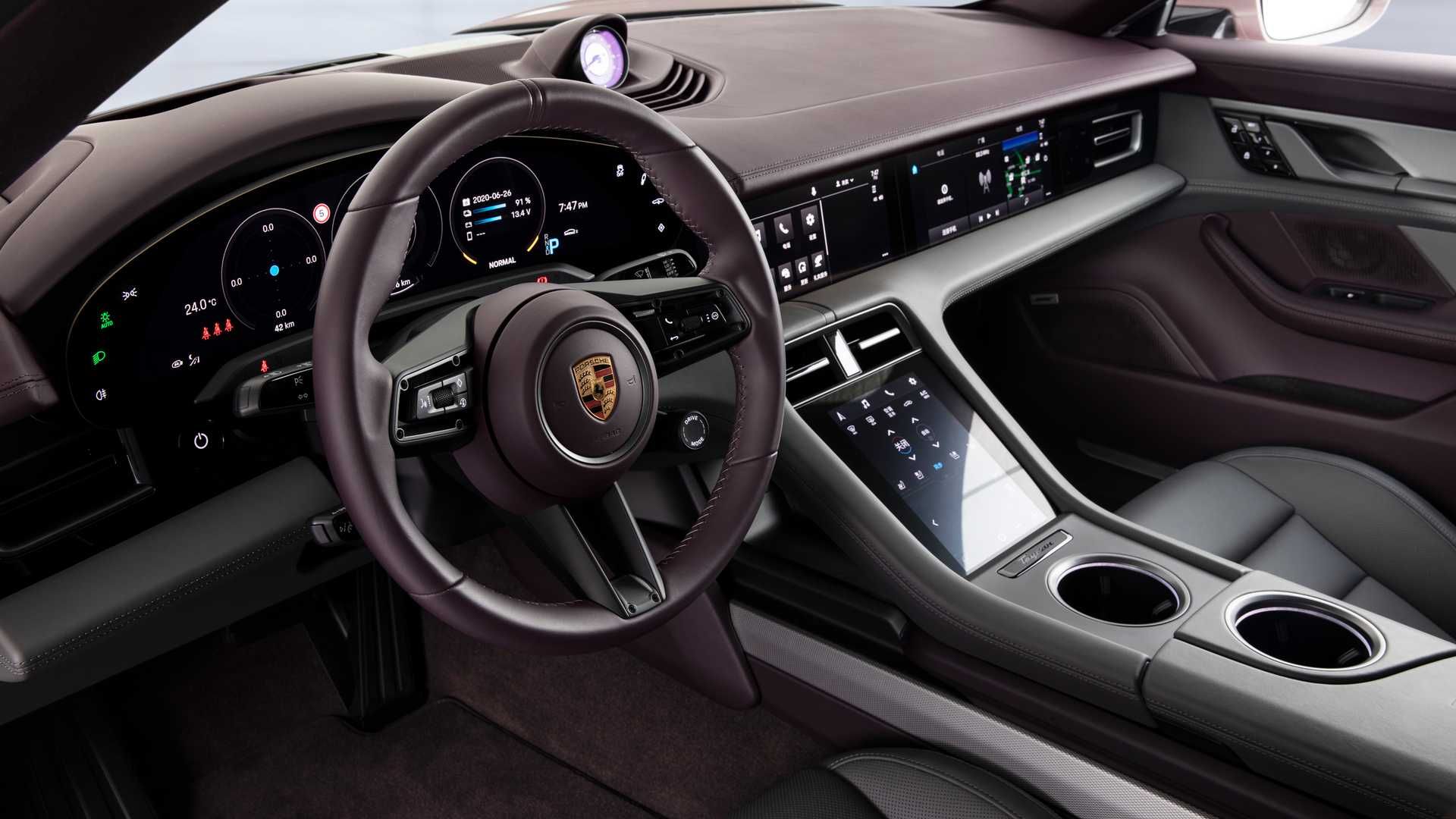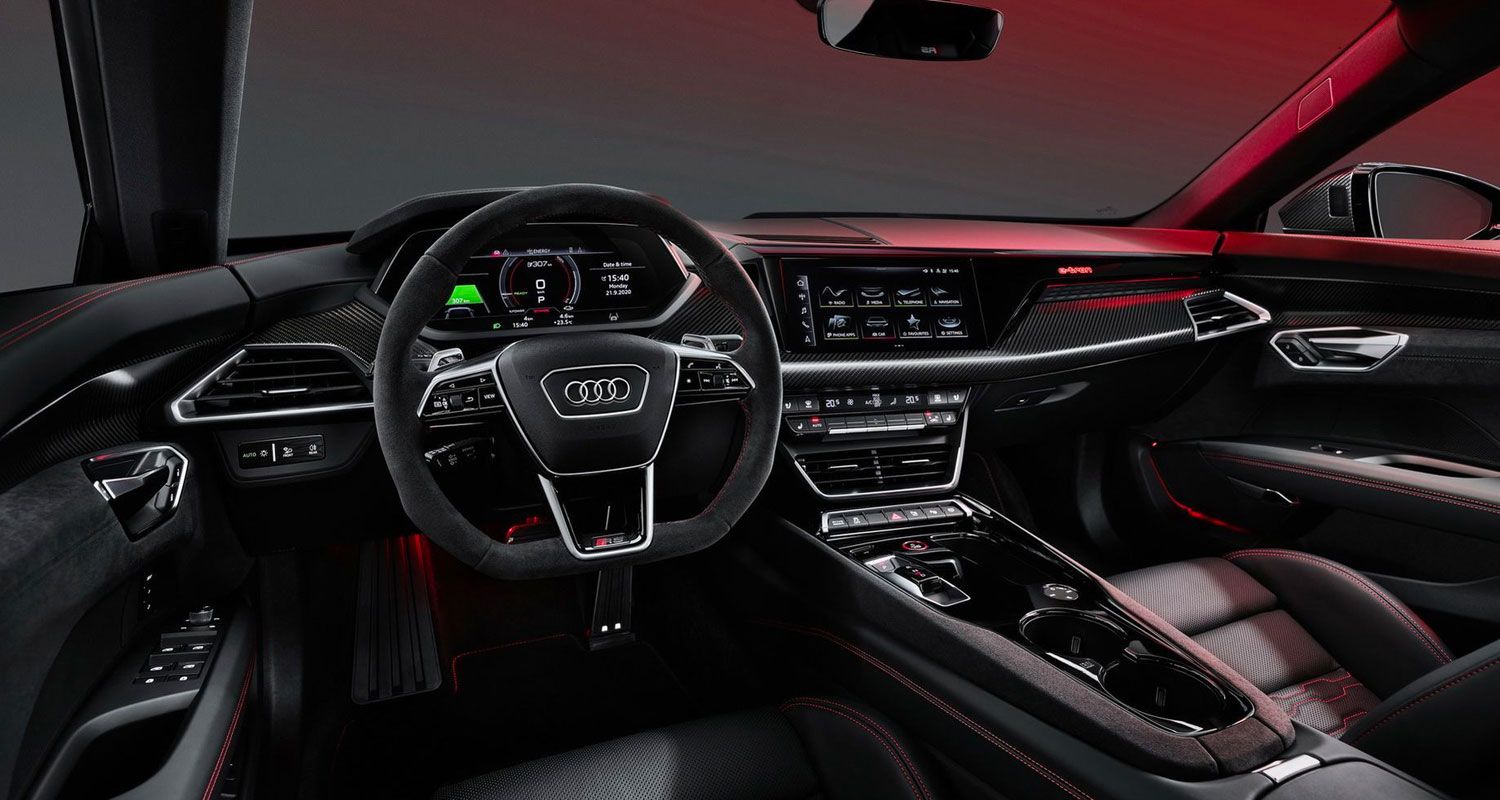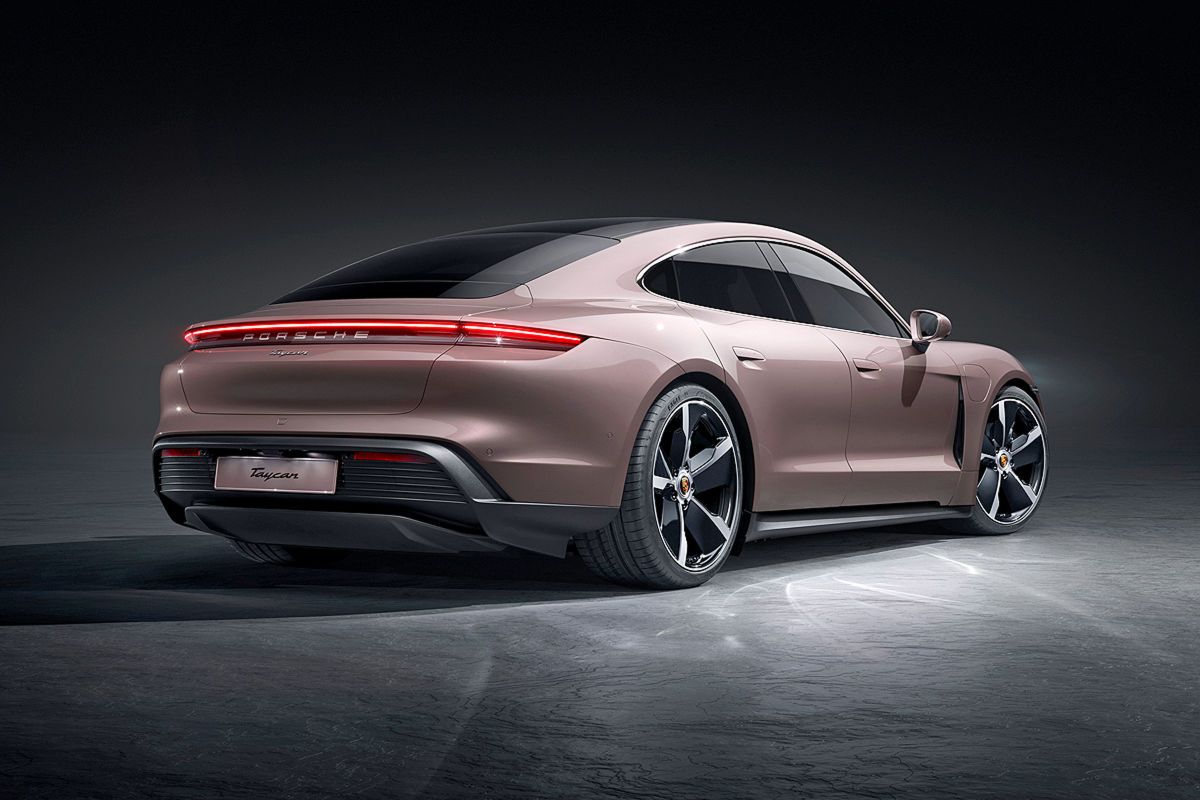Many may not know it, but the Porsche Taycan served as inspiration for the Audi e-tron GT. Audi worked closely with Porsche to develop and launch a new electric sedan for the Ingolstadt manufacturer, therefore, both electric sedans share many similarities. Today we analyze Porsche Taycan and the Audi e-tron GT, two electric cars that have a lot in common but also offer their own qualities that make them unique.
The Taycan appeared in late 2019 and after almost two years, it has laid the foundations for what the Volkswagen Automotive Group (VAG) can do when it comes to electric cars. Now it is the turn of Audi, which already has experience in electrification with the Audi e-tron SUV. But if they wanted to stand up to Tesla, they needed a sedan that lived up to the hype, and Porsche is the partner any manufacturer would want by their side.
Today we discuss how the Porsche Taycan stacks up against the 2022 Audi e-tron GT. We cannot deny the evidence that they are two different cars based on the same design and identical chassis. But how different can they be? We study it a little more carefully.
The Mechanics Of Both Are Brilliant
On a mechanical level, we also find a series of differences between the Taycan and the e-tron GT. This is mainly because of the number of motor configurations available. While Porsche has managed to mature the Taycan range with different versions, power levels, and ranges, the e-tron GT has only just been born and we can only hope that Audi will add new motor options and additional versions, especially more entry-level options.
Each Car Offers Unique Interior Design
The differences between the Porsche Taycan and the Audi e-tron GT are more obvious on the inside. Each manufacturer has bet on a style that is easily recognizable with their own design lines. Despite this, both models offer an enveloping cockpit surrounded by screens. The Taycan offers four screens (instrument panel, multimedia system, air conditioning, and copilot screen), while the e-tron is left with only two screens (instrument panel and multimedia system).
The sportier versions, the Taycan Turbo S, and the RS e-tron GT, offer sports seats and exclusive features, such as an Alcantara-wrapped steering wheel, carbon, and piano black surfaces, or gold accents that enhance that section of exclusivity. However, the main difference between the two models is found in the number of seats.
While the Porsche offers four seats (2 + 2), the Audi is configured as a five-seater (2 + 3). This is because of the approach each manufacturer wants to take to its electric sedan. While the e-tron is a more practical and versatile vehicle, the Taycan bets on performance and sportiness.
The configuration of an electric car allows both cars to have two trunks, one in front and one in the back, where it would traditionally go in any vehicle. Both offer their owners an 85-liter boot at the front and a 405-liter boot at the rear.
The Taycan Offers More Options
The entry-level version is the Taycan Performance, offering a single 408 horsepower motor and a 79.2 kWh battery for a range of 268 miles. Then comes the Taycan Performance Plus increasing the power to 476 horsepower and its battery to 93 kWh, with a range of 300 miles. The Taycan 4S Performance pushes out 530 horsepower with two motors, a 79.2 kWh battery, and a 253-mile range. The Taycan 4S Performance Plus stands at 570 horsepower, 93 kWh of battery, and up to 288 miles of range.
There are also two high-performance versions. The Taycan Turbo makes 680 horsepower and 281 miles of range, and the Taycan Turbo S, with 761 horsepower and 258 miles of range. Both versions equip the 93 kWh battery. The 0 to 60 mph is completed in 3.2 seconds by the Taycan Turbo and in 2.8 seconds by the Turbo S. Meanwhile, the top speed in both cases is 161 mph.
The Audi e-tron GT is available in two different versions. The e-tron GT Quattro with two electric motors that offer 476 horsepower and 465 lb-ft of torque and can reach up to 530 horsepower thanks to Launch Control and its boost mode. This version equips a 93 kWh battery that gives it a range of up to 303 miles (WLTP).
In terms of performance, the e-tron GT Quattro goes from 0 to 60 mph in 4.1 seconds and has a top speed of 152 mph. The RS e-tron GT version offers combined power of 598 horsepower and 612 lb-ft of torque, although it can momentarily increase to 645 horsepower. The same battery lets you go up to 293 miles on a single charge. It’s capable of reaching 60 mph in 3.3 seconds and has a top speed of 155 (electronically limited).
Both the Taycan and the e-etron GT share a three-chamber air suspension system. What Porsche calls PASM (Porsche Active Suspension Management), Audi has renamed it Active Suspension in the e-tron GT.






.jpg)